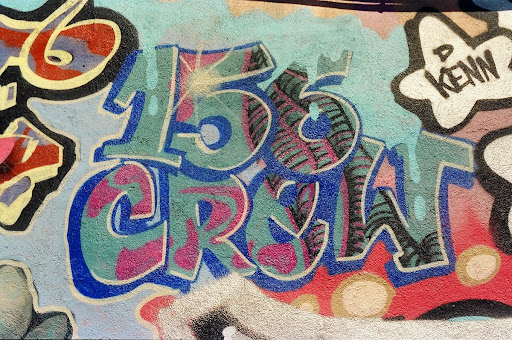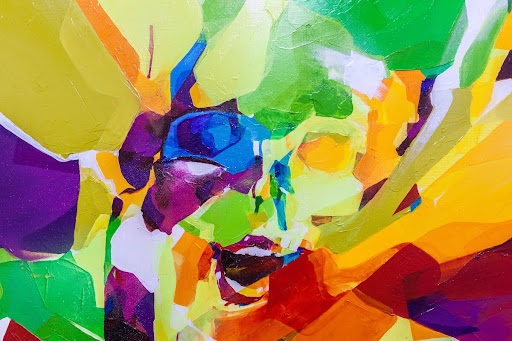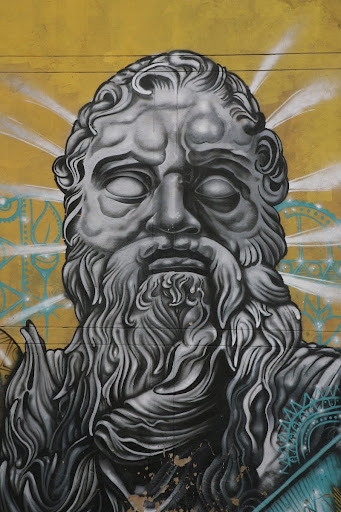
Exploring the Streets of New York Through the Lens of Stephane Bisseuil
Title: New York Graffiti
- Creator: Stephane Bisseuil
- Date: 1994
- Location Created: New York, United States
- Location Stored: MoSA, 78, rue Amelot Paris 75011
A Photographic Odyssey: Stephane Bisseuil’s Lens on Urban Art
In the annals of street art documentation, Stephane Bisseuil’s “New York Graffiti” stands as a visual chronicle of the vibrant and dynamic world of New York City’s graffiti scene. Captured in 1994, this collection of images has found a home at the Museum of Street Art (MoSA) in Paris, France, where it continues to be a testament to the transient and ephemeral nature of urban expression.
The Creator Behind the Lens: Stephane Bisseuil
Stephane Bisseuil, the visionary behind the lens, is a photographer with a keen eye for urban aesthetics. Through his lens, he has not only frozen moments in time but has also encapsulated the spirit and energy of the streets. With a particular focus on graffiti, Bisseuil’s work becomes a time capsule, preserving the raw and unfiltered essence of the art form.
A Glimpse into 1990s New York Graffiti
The year 1994 was a pivotal moment in the evolution of graffiti as an art form. New York, the birthplace of this subculture, was undergoing a transformation, and Bisseuil’s lens became a witness to this change. “New York Graffiti” is more than a collection of images; it is a narrative that unfolds the stories, styles, and messages embedded in the graffiti-covered landscapes of the city.
MoSA: Preserving the Essence of Urban Art
The Museum of Street Art in Paris, where Bisseuil’s collection is stored, serves as a custodian of urban expression. MoSA, nestled at 78, rue Amelot, Paris, 75011, is a space where the narratives of the streets find a permanent residence. Bisseuil’s work, displayed within the museum’s walls, contributes to the broader tapestry of street art history.
The Intersection of Documentation and Artistry
“New York Graffiti” is not merely a photographic collection; it is a work of art in itself. Bisseuil’s ability to capture the vibrancy, color palettes, and intricate details of each piece of graffiti elevates these images from mere documentation to pieces of visual poetry. The streets of New York, as seen through Bisseuil’s lens, become a canvas of artistic exploration.
Legacy and Impact
Stephane Bisseuil’s “New York Graffiti” serves as a bridge between the past and present, connecting viewers with the spirit of 1990s New York City. Preserved at MoSA, these images continue to inspire and evoke the raw energy of an era when the streets were the primary canvas for artistic expression.
In Conclusion
“New York Graffiti” by Stephane Bisseuil transcends its role as a photographic collection; it is a cultural artifact, a visual journey through the streets of New York in a pivotal moment of graffiti’s evolution. As the lens captures the essence of urban art, Bisseuil’s work becomes a timeless testament to the ever-evolving nature of street expression.

I am a mural enthusiast and a fervent admirer of street art. Rather than creating murals myself, I am passionate about collecting them. My love for street art knows no bounds. I am dedicated to curating and cherishing these artworks that grace the streets. My collection stands as a testament to my profound appreciation for this form of artistic expression.
read about me



